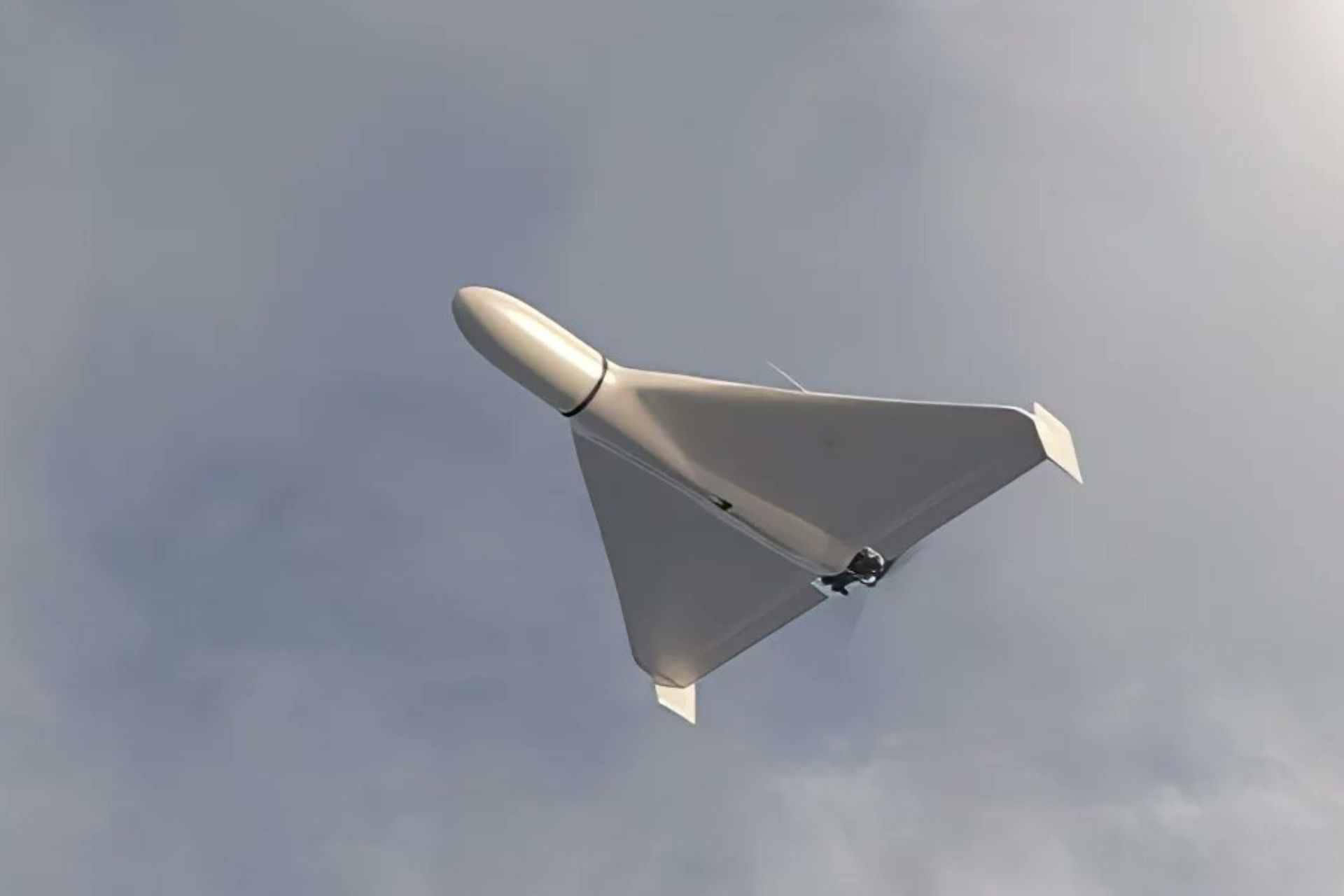
Russia has started massively using thermobaric warheads on Shaheed-136 drones in its strikes on Ukraine.
According to the Explosives Research Laboratory at the Kyiv Scientific Research Institute of Forensic Expertise, KNDISE, Russia used TB BCh-50 thermobaric warheads in their attacks on Ukraine from October 26 to 29. Currently, drones that are attacking Ukrainian cities most often use such equipment, the center said.
Specialists dispatched to the sites of attacks following Russian strikes fom October 26 to 29, identified parts and fragments of "Shahed-136" drones with thermobaric warheads. According to Russian sources, the use of the new thermobaric warhead began with drones with the serial number “Y” and was first spotted in April 2024. The information of new Shahed warheads was first revealed after hackers broke into the Russian Alabuga servers in Tatarstan republic, where these drones are assembled and modernization work is underway.
Weighing 52.4 kg, TB BCh-50 has both thermobaric and fragmentation effect as it has 2,306 destructive elements in the form of 9 mm diameter balls. Thermobaric warheads produce a more powerful blast than traditional explosives. They demonstrate maximum effectiveness in confined spaces, as such a "cloud" can cover several rooms. This explains Russia’s frequent use of Shahed drones with TB BCh-50 to attack civilian infrastructure in Ukrainian cities.
Also known as aerosol or vacuum bomb, thermobaric weapons diseperse an aerosol cloud of gas, liquid or powdered explosives.